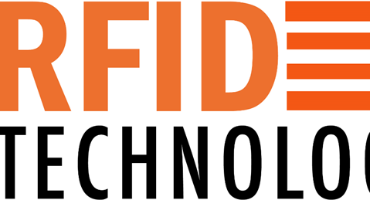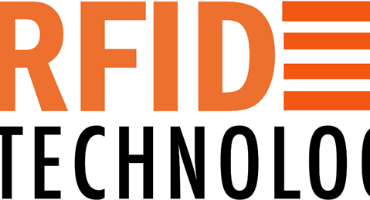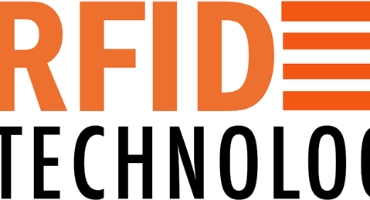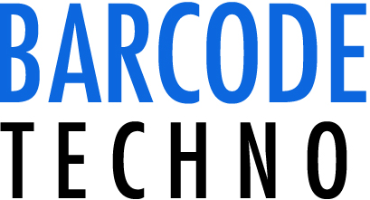Here are some of the most common types of UHF RFID antennas:
Linear Polarized Antennas: Linear polarized antennas are the most common type of UHF RFID antennas. They emit a signal in a single direction and are used in applications such as inventory management and asset tracking, where the tags are stationary and need to be read from a fixed distance.
Circular Polarized Antennas: Circular polarized antennas emit a signal in multiple directions and are used in applications such as logistics and supply chain management, where tags can be in different orientations and need to be read from different angles.
Near-Field Antennas: Near-field antennas are designed for reading tags in close proximity, typically within a few centimeters. They are used in applications such as access control and security, where the tag needs to be in close proximity to the reader for authentication or identification.
Far-Field Antennas: Far-field antennas are designed for reading tags at a longer range, typically up to several meters. They are used in applications such as inventory management, asset tracking, and logistics, where tags need to be read from a distance.
Patch Antennas: Patch antennas are compact and flat antennas that can be easily integrated into devices such as mobile computers and handheld readers. They are commonly used in applications such as retail inventory management, where space is limited.
Dipole Antennas: Dipole antennas are simple and cost-effective antennas that are commonly used in applications such as inventory management and asset tracking.
Multi-Element Array Antennas: Multi-element array antennas consist of multiple elements that work together to increase the read range and improve read accuracy. They are commonly used in applications such as logistics and supply chain management, where a high volume of tags needs to be read accurately and quickly.
The choice of UHF RFID antenna depends on the specific application requirements, such as the required read range, tag orientation, and environment. The right antenna can improve read accuracy, read range, and overall system performance.





